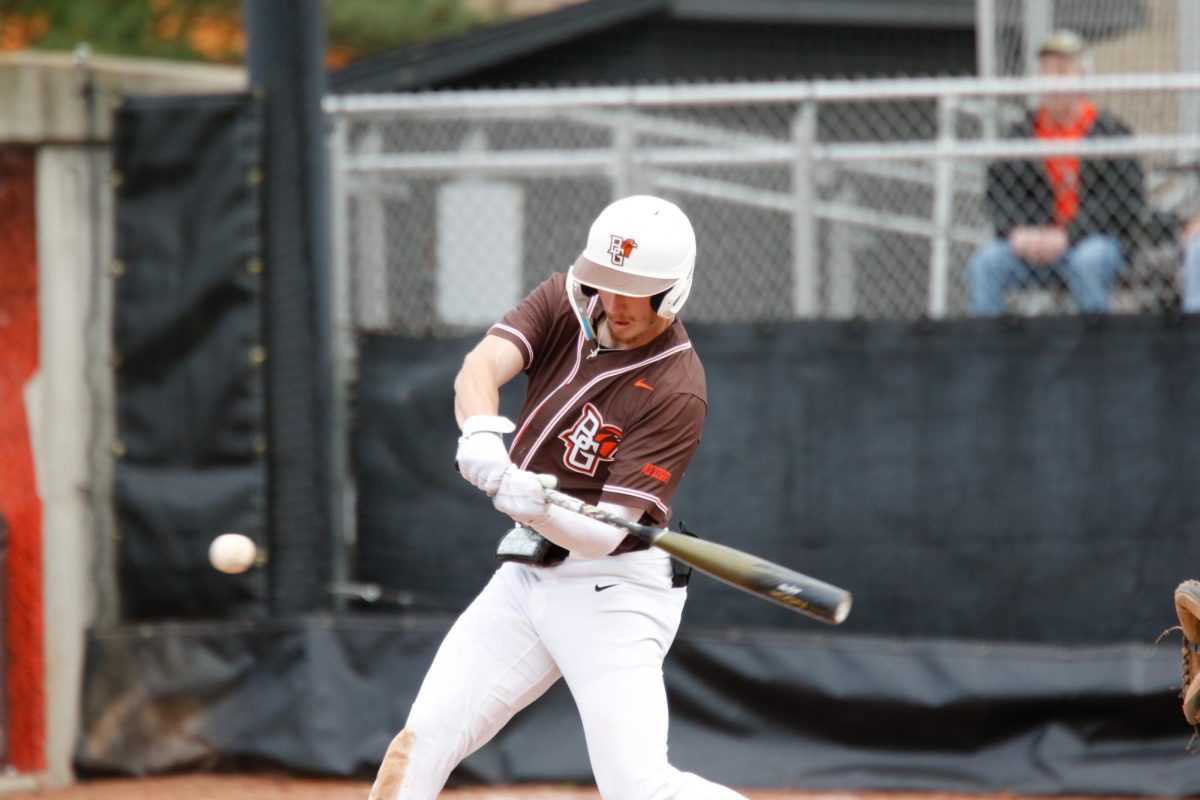With the five-year anniversary of September 11 this week, many people are looking at the security of our airports, our borders, our planes and our lives.
Many are also considering the question, “are we safer than we were five years ago?”
As a pilot in training here at BGSU, I am looking at the security of airlines from a different perspective.
In 2002 the Federal Aviation Administration set into action Section 128 of the Aviation and Transportation Security Act, which allows pilots with proper training and certification to carry a loaded firearm in the cockpit to be used at their discretion in the event of a threatening situation onboard.
The pilot is essentially given the authority of God in the skies.
But getting this weapon is not as easy as some may think.
The pilots are not paid by the airline to get weapon certification, most pilots use their vacation time to go and get certified.
Then the pilots need to furnish their own weapon, ammunition and they are responsible for that weapon whenever they are inside of the “secure area” at an airport.
There is no compensation for the pilot and they do not get paid anything extra for their certification to carry a weapon.
Many pilots believe they have a responsibility to the people on their planes and to the people on the ground.
If a plane is taken over by terrorists, well you know what can happen. Not only can they kill the people on the plane, but also they can kill people on the ground. Look at September 11; the planes only carried about 300 of the 3,500 people who died that fateful day.
During a flight, the pilot is the last line of defense in the airplane. The passengers are trusting the pilot knows what he is doing and he knows how to keep the people on the flight safe. They are putting their lives into the pilot’s hands.
Many of the pilots in training here at BGSU believe it’s their responsibility to keep their passengers safe. They think if someone is trying to take over a plane, we, as pilots, need to prevent that from happening.
And there are some who pose a equally valid argument, if a terrorist group wanted to take over a plane, all they would have to do is get more people on the plane than there are bullets in the gun. When a pilot runs out of ammunition, they quickly run out of options.
Many of the passengers who are against guns in the cockpit are holding onto the Hollywood misconception of a 250-pound man being sucked through a window with a bullet hole in it. The odds of this happening are very slim. As was seen in photos that followed the foiled terrorist attacks a few months ago, planes can survive massive amounts of damage and still land safely.
In 1988 an Aloha Airlines 737 landed safely after losing about 15 feet of cabin when the plane suffered structural failure. Even with sections of the fuselage missing, and a rapid decompression of the cabin, planes can land safely.
A hole in the window of an airplane is not enough to bring the plane crashing down to the ground.
In the end, the decision to carry a weapon onto an airplane is left up to the flight crew, the pilot and co-pilot. Is there more that can be done? What if you are on a flight where neither of the flight crew has a gun?
Well in that event, the pilots turn their transponders to 7500. This sends out a signal to radar operators saying, “We have a problem, and we need help, now.” There are safeguards in place now that will keep you safe in the air.
Overall with guns in the cockpit, we, as pilots, can almost prevent another September 11 from happening again.
Information for this article was gathered from Flying Magazine, a monthly publication with articles and editorials dealing with the world of flying.
Send comments to Andrew Herman at [email protected].

















